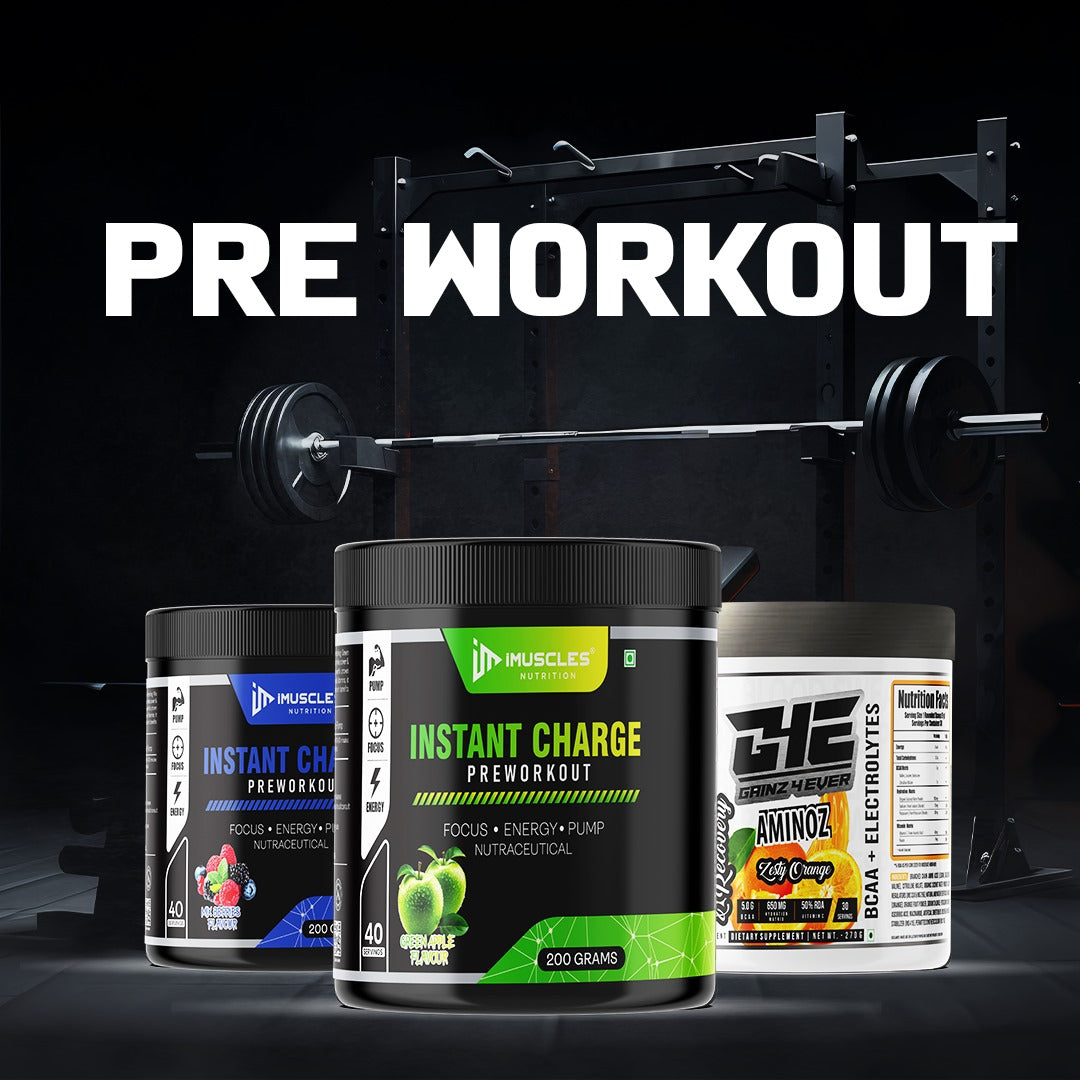
Muscle Growth 101: You Have to Lift Heavier Weights to Build More Muscle – Myth-Busting the Muscle Building Basics
iMuscles NutritionMyth of Weightlifting
Lifting heavier weights is often seen as the only way to build muscle. It’s tempting to think that the heavier the weight you push, the bigger the muscle you’ll develop. You heard it here first: Strength, while important, is mostly irrelevant to muscle growth in the presence of intensity, volume, and proper technique.
So let’s explore why simply lifting heavy weights isn’t going to get you the results you seek and how making use of other training methods can help accelerate muscle growth in a safe manner.
# How Muscle Growth Works
It’s not that building muscle is simply whacking the sloppiest weight and grinding a set. The science of muscle growth—which is called hypertrophy—is multifaceted, but there are three primary players:
-
Mechanical Tension: This is the strain of building pressure on the muscle fibers when lifting weights. Sure, heavy weights can create tension, but it’s not the only way to do that.
-
Metabolic Stress: This is the accumulation of metabolites such as lactate in exercise that stimulate muscle adaptation and growth.
-
Muscle Damage: Heavy exercise induces micro-tears in muscle fibers, which are subsequently rebuilt stronger.
Although high loads lead to mechanical tension, remember that muscle building occurs through a combination of factors, not just load.
The Fallacy of Heavy Lifting
Time Under Tension
💡 Time under tension (TUT) is a common method among advanced trainers to induce muscle growth. Extending the duration of your sets, particularly during the eccentric (lowering) part of the movement means your muscles are under load for longer periods of time, which is hypertrophy-promoting.
**Controlled Eccentric Movements**💡 Eccentric training, where you focus on lowering the weight slowly, has been proven to be more effective at actually causing muscle damage and therefore stimulating growth than just lifting heavy. This can promote a larger recruitment of muscle fibers, and facilitate deeper muscle engagement.
Volume Over Weight
💡 Also, rather than just trying to move the heaviest weight possible, advanced lifters typically work on adding training volume (the amount of sets and reps they do). In other words, this means the muscle literally does more work, which is a net recipe for better adaptation — and growth.
Heavy Lifting All the Time Is Dangerous
💡 Your body is not built to constantly handle maximal weights, which can result in a point known as a plateau where you will get stuck in your gains and you also run the risk of injury. This emphasis on correct technique, a range of representatives, and multiples of tempos allows you to recover the muscle that grew and helps to avoid overreaching or injury.
Epilogue: Train Smart, Not Heavy
Muscle building is not simply about how heavy you can lift. It’s all about challenging your muscles through different methods to promote muscle growth. To be able to make better progress whilst reducing the chances of injury and hitting a plateau in your training stimulus, increasing time under tension, slow eccentrics and a variety of rep ranges are just some of the techniques that can be incorporated into your training.
Just don’t forget that we’re not looking to just lift heavier weights; we want to train your muscles to work smarter and harden to grow! 💪

